Huawei P8; camera above all
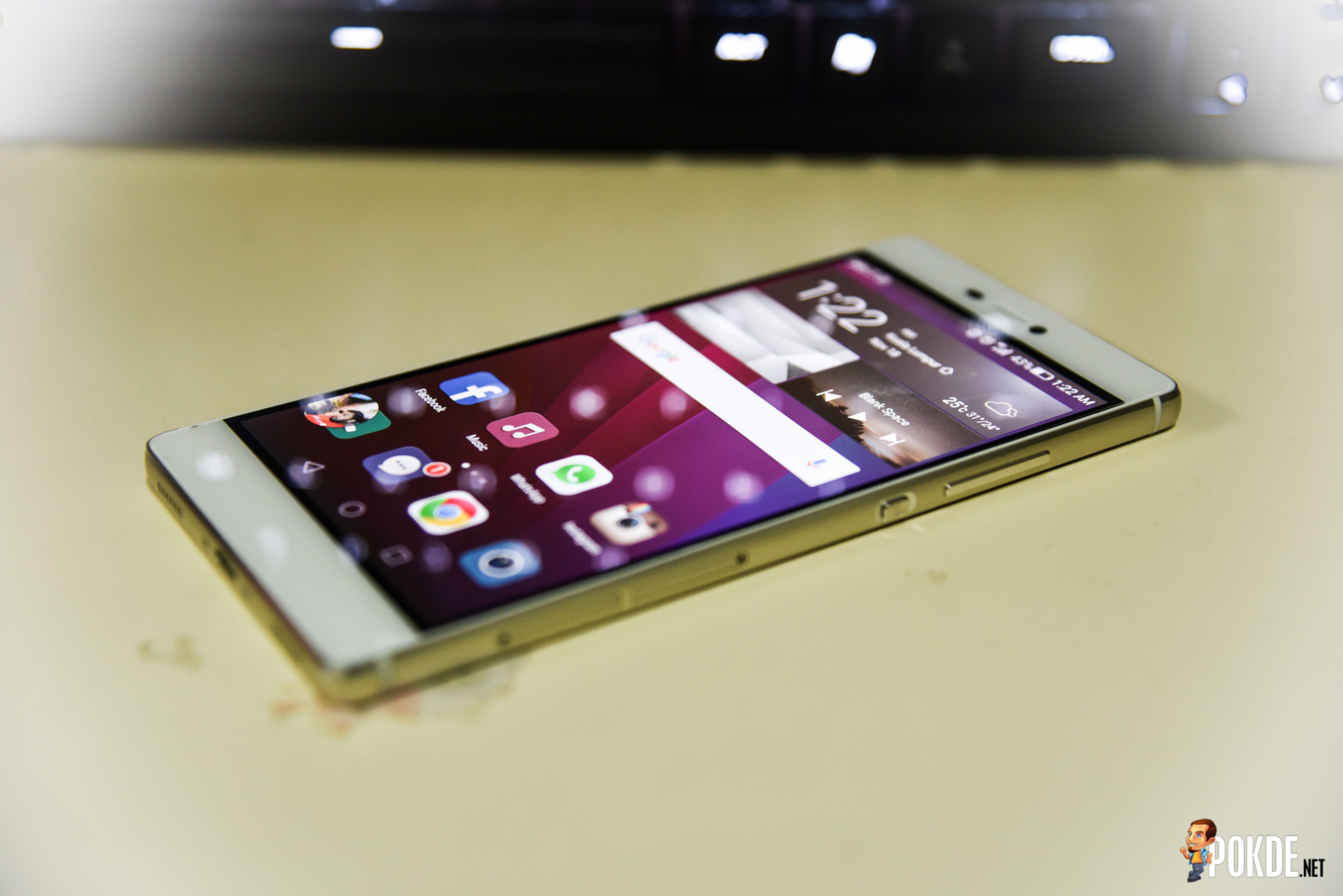
+ solid aluminium build
+ sleek design
+ excellent IPS-NEO display
+ stellar camera
+ unique camera features
+ fluid user experience
+ good battery life
- manual exposure controls buried deep in settings
- no double tap to wake
Huawei’s marketing department has flooded social networks with photos bearing the #weito hashtag, and I was pretty interested in the Huawei P8 after seeing the quality of the photos uploaded. This lead to that and after the launch of the Mate S, I finally got to contacting Huawei’s marketing, and got myself a loaned unit of the Huawei P8. So does it still interest me beyond the impressive camera? Let’s find out.
Unboxing
Holding the box, you already can feel the premium-ness of the device tucked safely within. Opening it up, the included accessories consists of a 1A charger, USB cable, earphones that looks a lot like the EarPods and the nanoSIM and microSD tray ejector pin. Everything is packed nicely in their own compartment but it does seem that Huawei skimped a little on the accessories as they don’t exude the premium feel that the P8 itself and the packaging does. The packaging is top notch but the contents left me a little wanting.
Appearance
I got the Mystic Champagne — a very flashy way of saying gold — variant, and the gold color is quite mild, as you can see in the following shots of the device.
The front of the device is very plain. No logo anywhere to be found, and as softkeys are used, no navigation keys found polluting the area under the screen. The screen appears almost bezel-less, but in reality there is a slim black frame surrounding the actual display.
Round the back, we see the Huawei logo, and the camera and flash at the top left corner set in a glass panel that seamlessly serves as the camera lens as well. The flash is surrounded by some aluminium to prevent light bleeding from the flash into the camera.
The edges are all slightly convex and have some chamfering details and adds on to the classy look. The grilles at the bottom do not hide dual speakers though, the speaker is under the left grille while under the right one is the microphone. The USB port is flanked by two screws which reminds me of a certain fruity phone…
The left side is empty, while the right houses every physical button this phone has, and two nanoSIM slots. The power button has nice concentric circles for a better feel when you use it, and trust me you will be using it a lot.
The top has nothing besides a 3.5mm headset port and a microphone. No IR blaster for the P8.
Overall, the P8 exudes a very premium feel thanks to the excellent smooth aluminium finishing with chamfering details on the edges and the almost bezel-less screen on the front. In any case I am glad Huawei decided to skimp a little on the accessories but not on the actual smartphone itself. Top marks for the outlook of the P8!
Specification
| CPU: | HiSilicon Kirin 930 64-bit (4 x A53e @ 2.0 GHz + 4 x A53 @ 1.5 GHz) |
| RAM | 3GB LPDDR3 |
| Display: | 5.2″, FHD (1080p) JDI IPS-Neo display |
| Storage: | 16GB internal (expandable with microSD up to 128GB) |
| Camera: | 13MP f/2.0 Sony IMX278 RGBW sensor with OIS 8MP f/2.4 front camera |
| OS: | Android 5.0 with Emotion UI 3.1 |
| SIM: | nanoSIM (dual SIM support, one slot doubles as microSD slot) |
| Battery: | 2680 mAh (non-removable) |
Performance
Huawei uses their in-house HiSilicon Kirin CPUs which packs 4 Cortex-A53e cores which can go up to 2.0 GHz, and four slower Cortex-A53 cores maxing out at 1.5 GHz. The Cortex-A53e CPUs were chosen after Huawei considered using the beefier Cortex-A57 cores but decided not to after reasoning that according to Huawei’s tests, the A57 cores consume 256% more power while offering only a modest 56% improvement of performance. The 8 cores are mated to 3GB of LPDDR3 RAM, and the Mali-T628 MP4 is responsible for pixel pushing.
For tests that have detailed information, they will be in the thumbnails below the description of the benchmark.
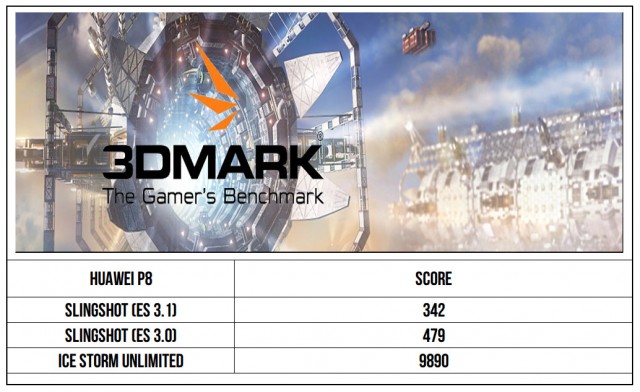
3DMark mainly tests the performance of the GPU, and the Mali-T628 MP4 in the Kirin 930 is indeed showing its age and doesn’t do that well compared to even the ageing Adreno 330s.
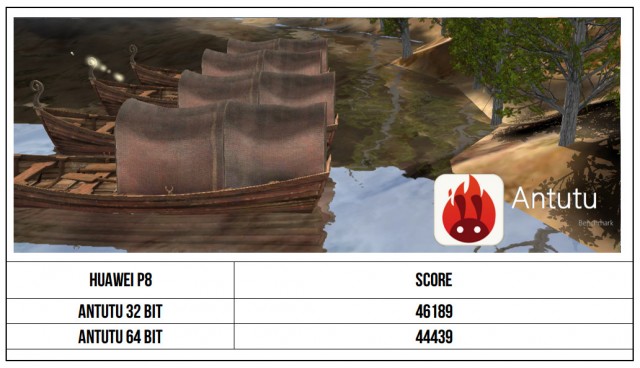
Antutu tests the overall performance of the device, and this is the first phone that I reviewed that gives me a better score in 32 bit mode, and the scores are nothing to shout about in 2015, these scores aren’t too far down the ranks. However, I have noticed that the P8 scores higher in Antutu on some other review sites, and I was unable to match their score no matter how many times I repeated the tests.
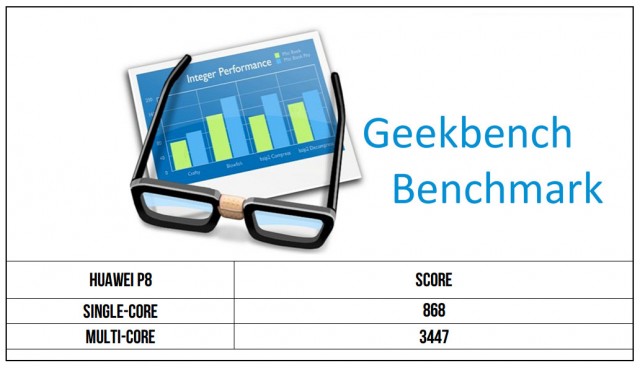
Geekbench is a CPU benchmark and the scores show that the CPU does a much better job than the more common Snapdragon 615 in its competition. Of course, the Kirin 930 does have a higher maximum frequency compared to the Snapdragon 615, which is most probably the reason behind this difference.
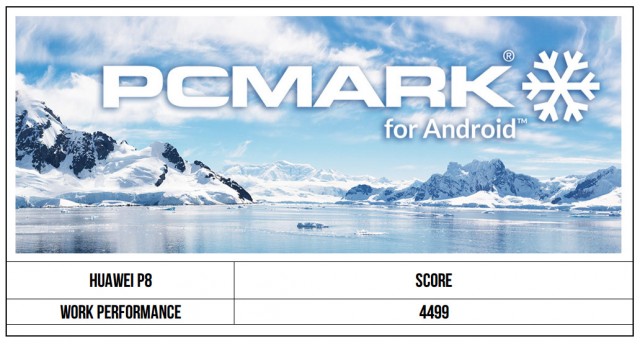
PCMark for Android is yet another benchmark that tests the overall performance of the device. A score of 4499 is not really impressive but it is still quite respectable.
The 2680 mAh battery powers the smartphone for more than 9 hours before hitting 15%, which is quite sufficient for getting through the day. With rather spotty LTE/3G connection in my university’s campus, I got 2 hours and 14 minutes of on screen time. Not the most impressive battery life I have gotten, but it is enough to get through a typical working day. Also note that the reception at my area was not that good, thus a lot of battery was wasted hunting for signal. If used in an area with better reception, the battery life should be longer. Using WiFi all the time with my mobile Yes4G hotspot, I got 3 hours 45 minutes of OST over 12 hours away from the plug. The supplied 1A charger takes a really long time to refill the battery, and using my ASUS 2A charger speeds things up a bit but there is no fast charging on the P8.
Overall performance is excellent, but this isn’t the phone that will top benchmark ranking charts. However in my usage I have not found myself with any complaints at all about the performance.
User Experience
When I took it out of the box, I really liked the solid feel in my hand. The 144 g weight feels perfectly suited for a phone of this size, and really enforces the premium look with the premium feel of the slight weight in hand. The grip, however, is a different story. The P8’s surfaces are a little too smooth for my liking and I actually dropped the P8 a few times. Luckily Huawei built it well and very minimal damage was sustained by the P8.
The P8’s power button has a cool concentric circle pattern, which breaks the slight monotony of all the smooth surfaces of the P8. All the buttons are tactile and silent, befitting of a premium device. Huawei did an excellent job at making the P8 look and feel like a proper premium smartphone.
The speaker on the bottom is pretty loud, and sound quality is actually good enough to use to listen to some music with friends or watch videos together friends. Overall, no complains. The 3.5 mm jack output is loud and clear, but there is no equalizer to customize the audio output to your tastes, but Huawei does offer a DTS mode, but that is more suitable for watching movies than music listening, in my opinion.
Emotion UI 3.1 based on Android 5.0 is similar to the Android skins found in most Chinese smartphones. It masks a lot of Google’s material design, which means no app drawer, no double slide down to access quick settings, no app switching with cards and more. The built-in apps will follow the general color of the wallpaper used for the homescreen and are quite user friendly. The P8 comes with few gesture controls, the common ones like flip to mute, lift to ear to answer call are all there, and the notable ones are double knock to screenshot and using your knuckle to highlight a certain area to capture. There isn’t any double tap to wake though, so you have to rely on the good ol’ power button.
The overall experience of using the P8 is very smooth with nary a sign of stutter or lag to be found, probably thanks to the powerful processor in combination with 3GB of RAM. I never did find myself having to kill any apps during my usage to free up RAM space. The phone is responsive and feels well optimized.
Most of the advertisements done by Huawei Malaysia focuses on the camera, and seeing the samples produced by other members of the media and famous personalities with the P8, the camera in this device is indeed quite formidable.
Let’s talk about the technicalities first. The Huawei uses Sony IMX278 sensor which has a unconventional RGBW matrix, unlike the usual RGB matrix. The RGBW matrix is supposed to capture better quality images in low light conditions compared against the usual RGB matrix. OIS is also included, and the fact that Huawei managed to cram all that hardware into the 6.4 mm body without anything sticking out is an engineering feat.
Open up the camera app, and you will be greeted with a very simple interface, very similar to the camera interface of a certain fruity phone. Manual controls like ISO, white balance, exposure compensation and contrast settings are hidden within the settings page, making them unfeasible for instant adjustments. However from my experience I found the automatic exposure does a pretty good job. Touch metering is available in case the object of interest is not in the center of the frame.
The camera is indeed worthy of highlight and the quality of the images produced are really quite good. The camera does perform well in low light. Mount it on a tripod, and use Super Night mode, and night shots look absolutely stunning. It is really recommended to get a tripod if you will be using the P8 a lot for night photography, as the P8 sports a few features that will require a tripod to stabilize it like light trail and light graffiti modes. If I were to complain, it would be that the P8 defaults towards a cooler white balance. HDR mode is very subtle in enhancing the details in the highlights and shadows, producing natural looking images. You can check out full sized samples here.
Up next is the 5.2″, FHD (1080p) JDI IPS-Neo display. IPS-Neo promises enhanced contrast levels, and from my experience the blacks are really a step up over conventional IPS displays, bringing it closer to what AMOLED screens are capable of.
The default color temperature is a little colder than what I like and adjusting the color temperature in the display settings made things a lot better. After the slight adjustment, colors are brighter and punchier. Under direct sunlight, the P8 automatically enhances the visibility by boosting the saturation of the screen, something like what Xiaomi has done for the Mi4i’s Sunlight Display feature.
Viewing angles are very good, with no color shift when viewed from obtuse angles.Gorilla Glass 3 protects the display, and the small glass panel on the back of the P8 is also made of GG3. In my experience, Gorilla Glass 3 should provide sufficient scratch resistance but if you really want to keep your device flawless, you should consider getting a tempered glass screen protector.
Conclusion
The Huawei P8 retails for RM 1799 which is quite high when you consider that smartphones are getting cheaper by the day yet still offering an acceptable Android experience. In its price range, many competitors pack faster CPUs and higher benchmark scores, but the excellent build quality, gorgeous IPS-Neo display and a stellar camera are in favor of the Huawei P8. The performance of the P8 is not bad at all eventhough the benchmark scores are not as high as the competition but what truly matters is the actual experience when using it, and I can say that the P8 offers an excellently fluid experience on par with the rest.















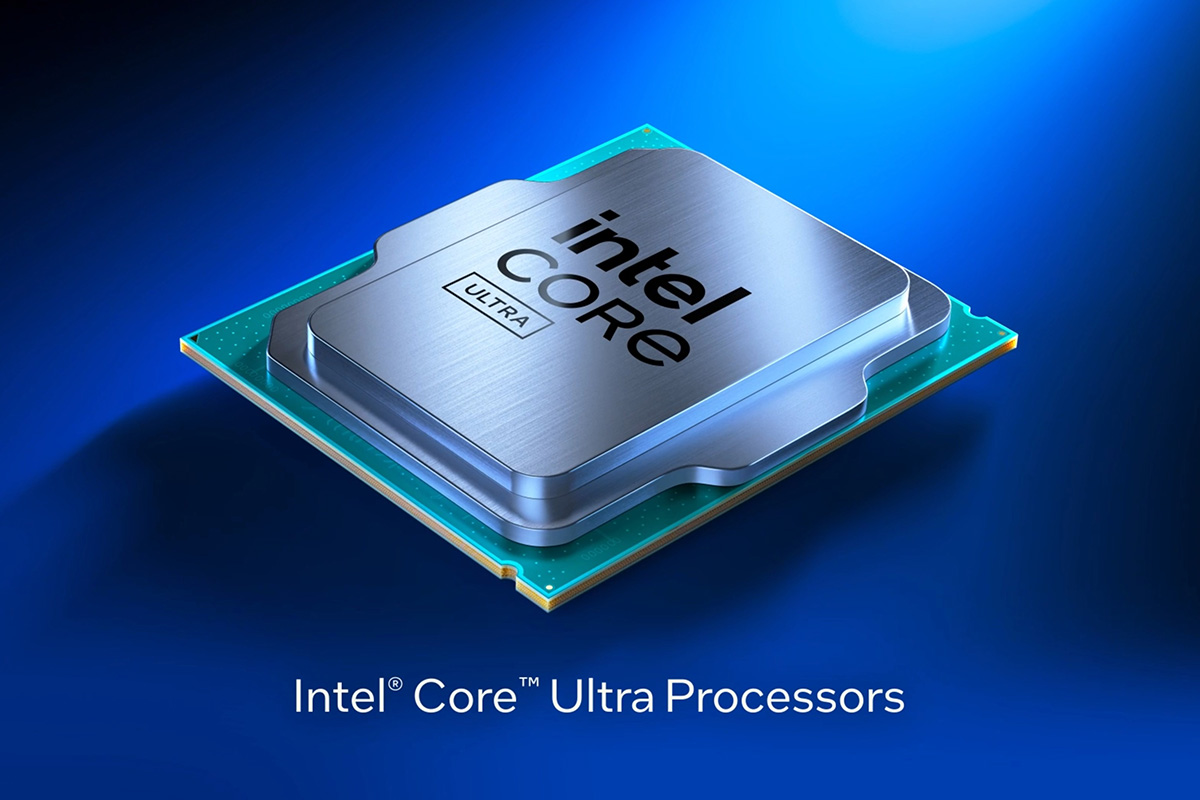
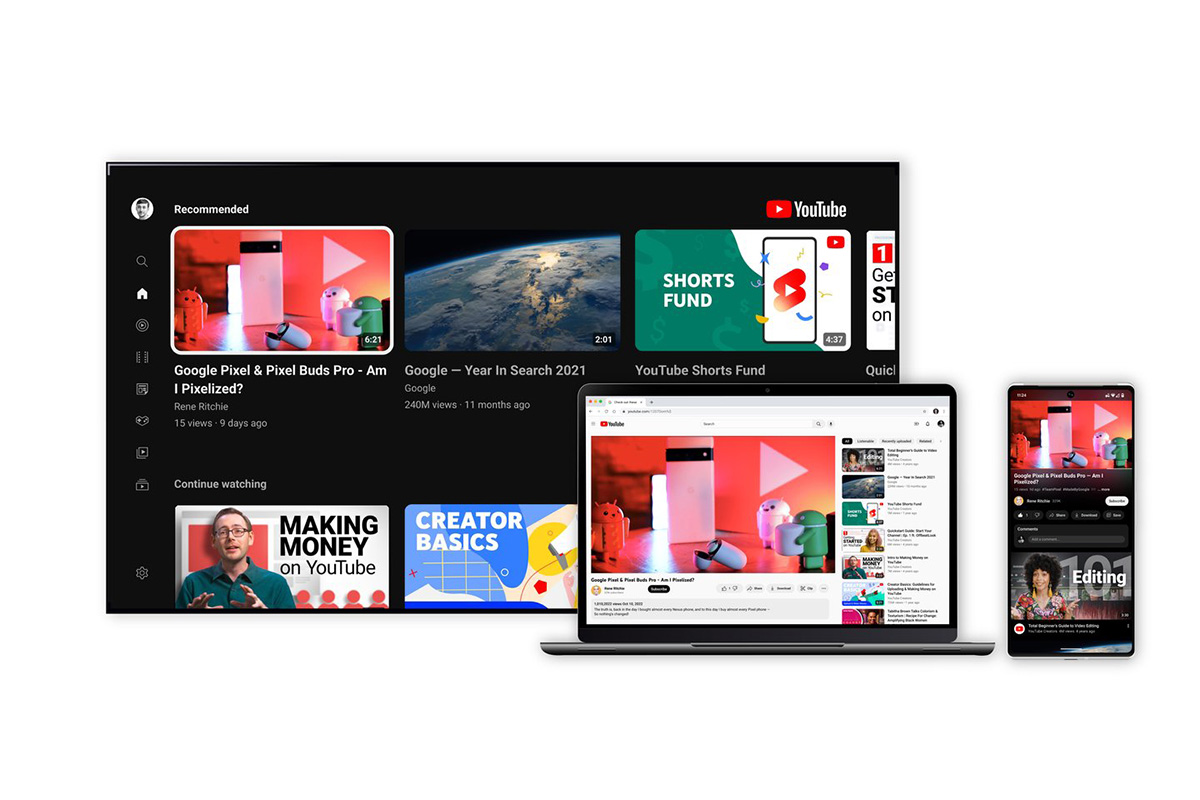

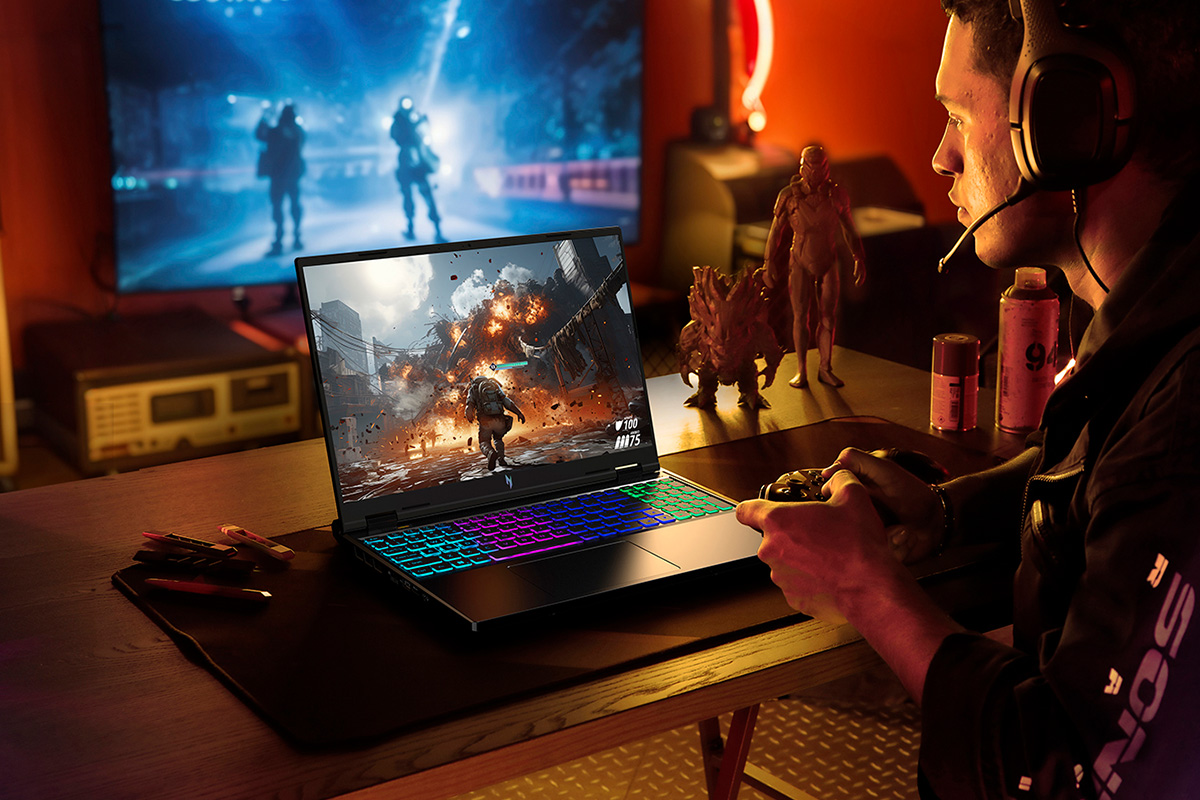
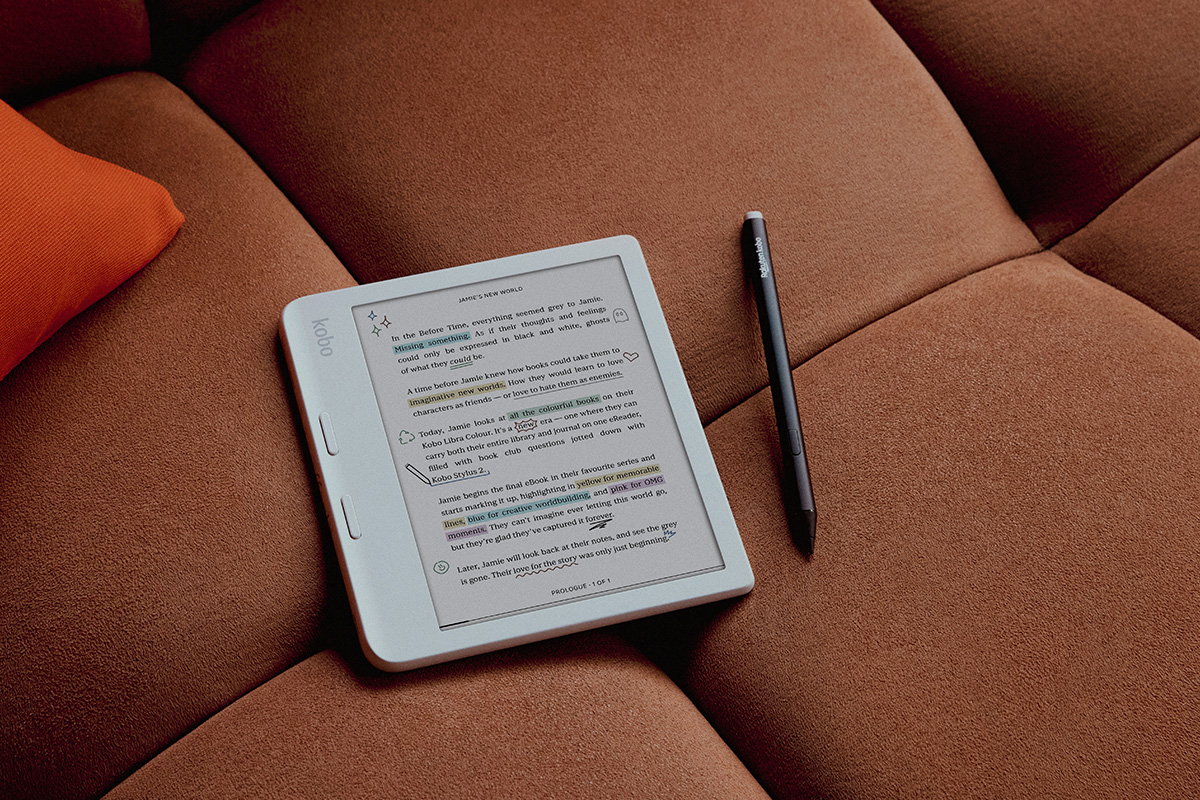






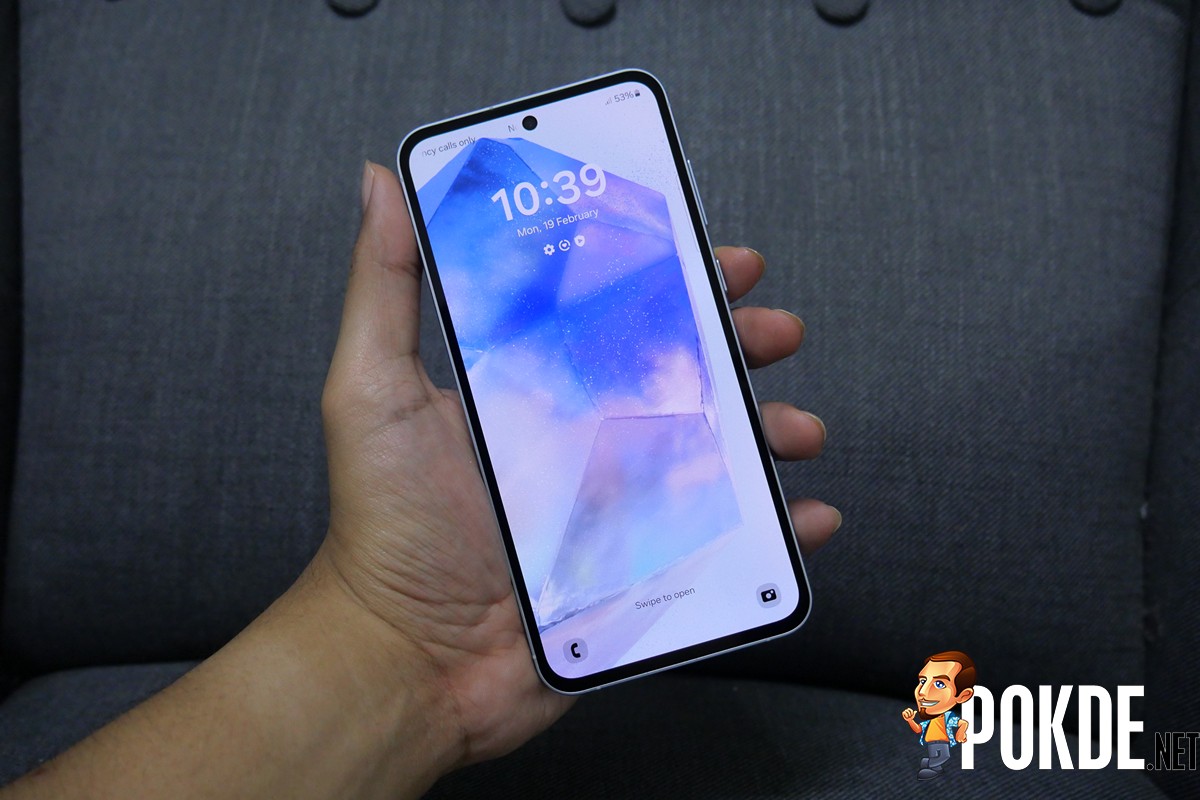
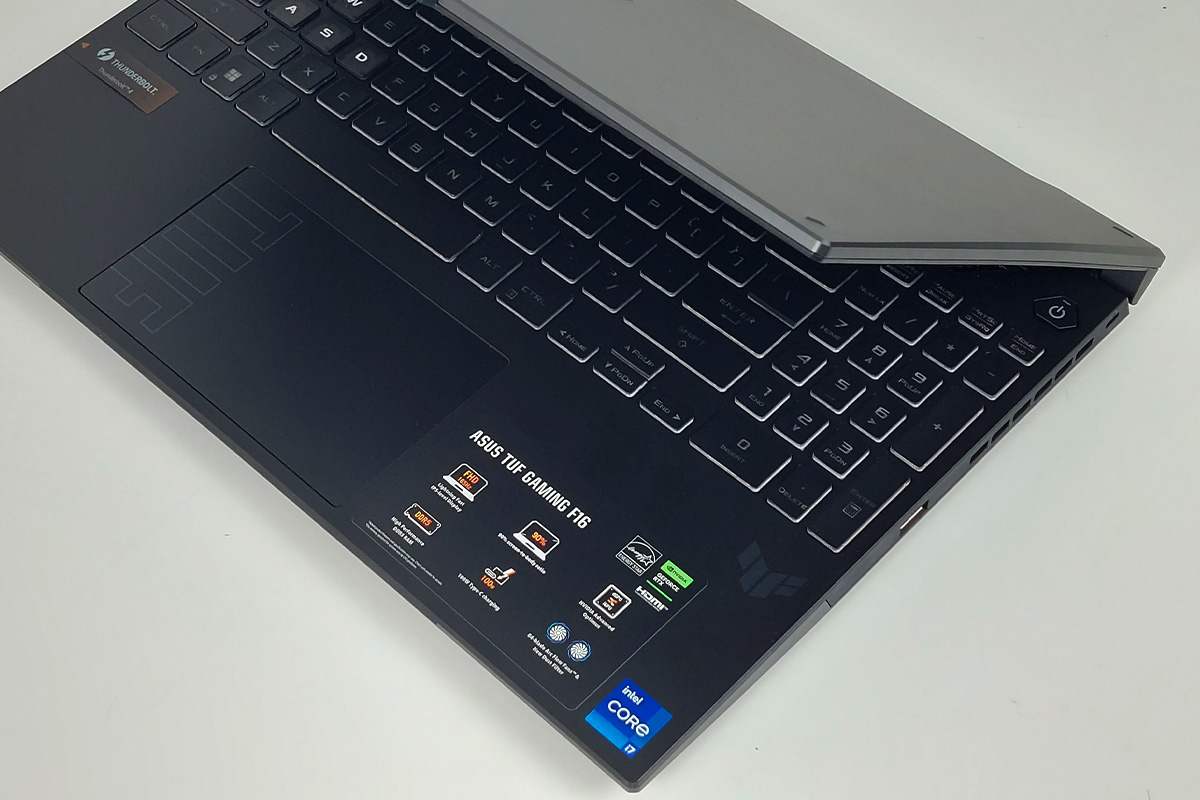
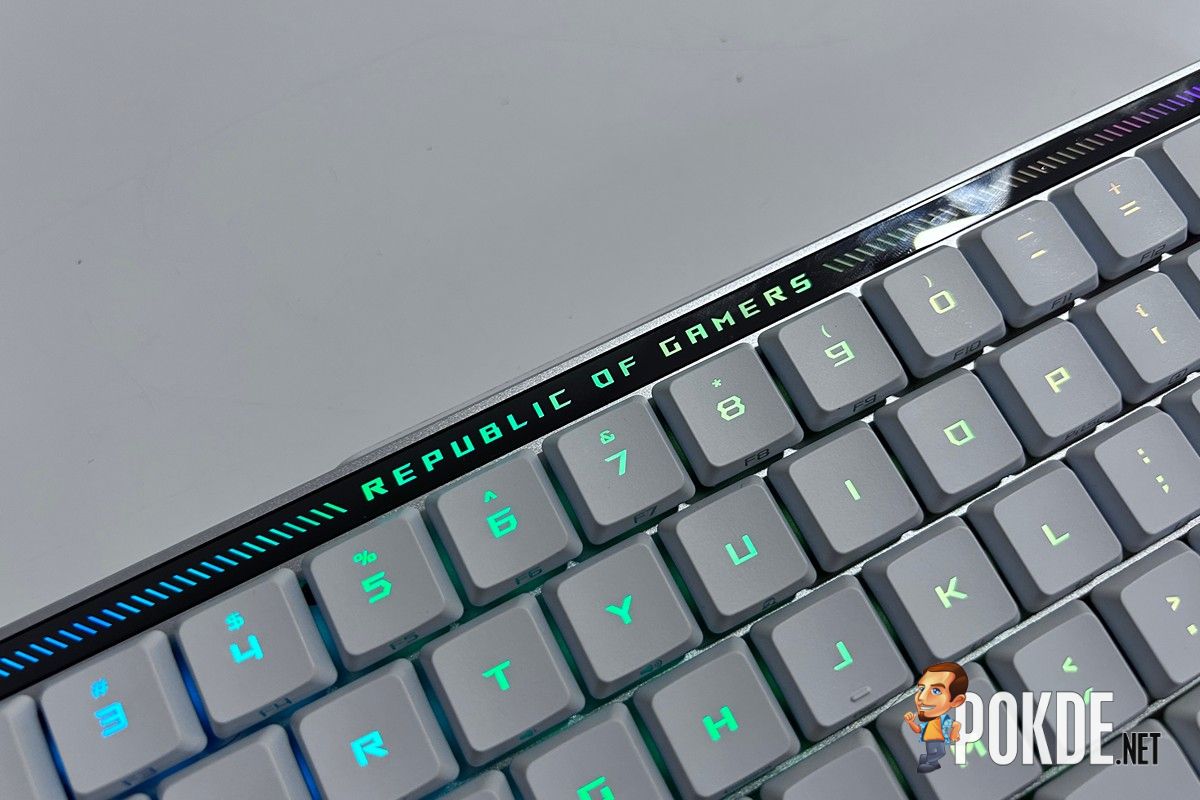












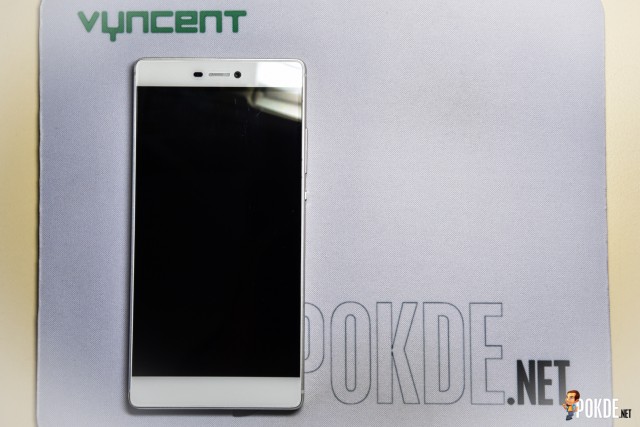
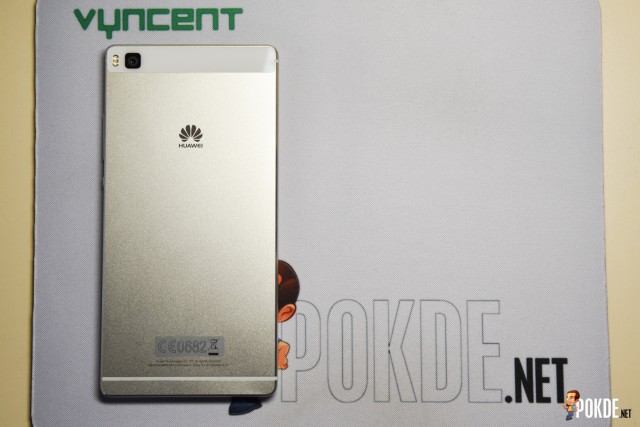
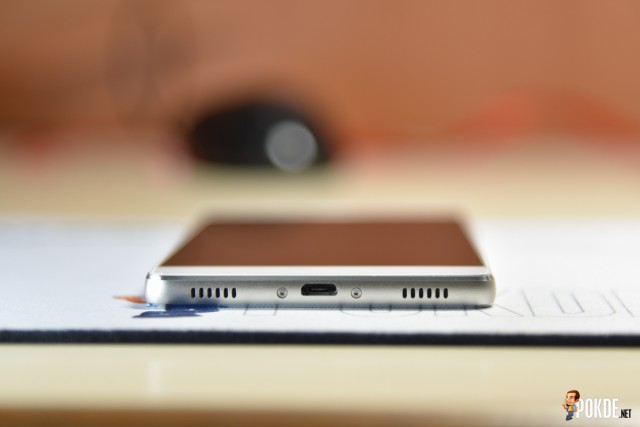
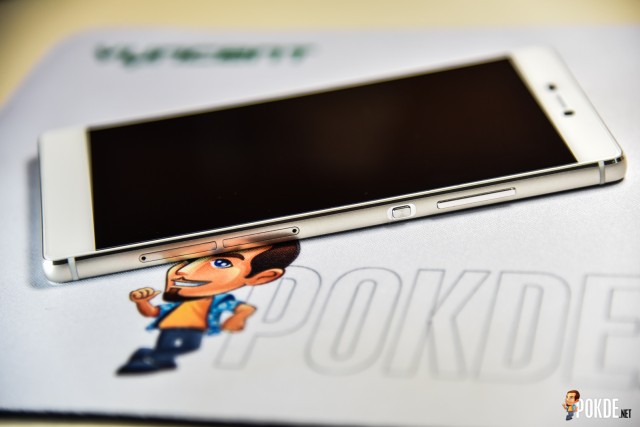
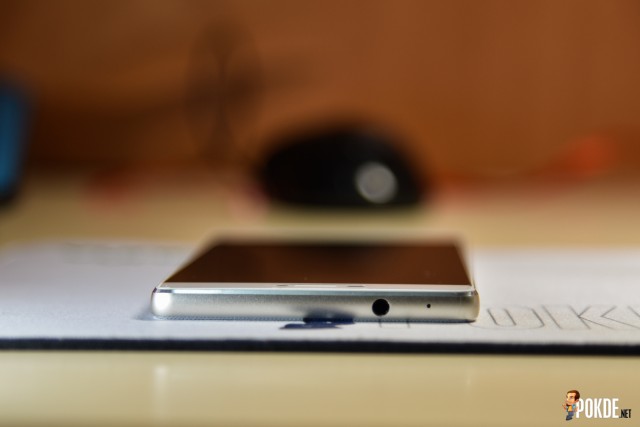
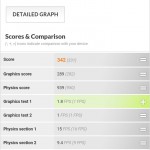
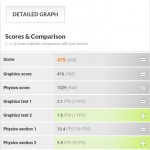
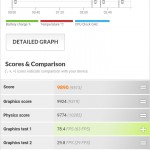
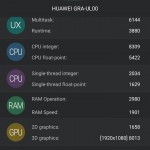
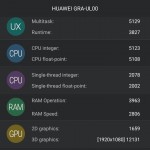
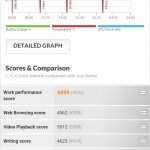
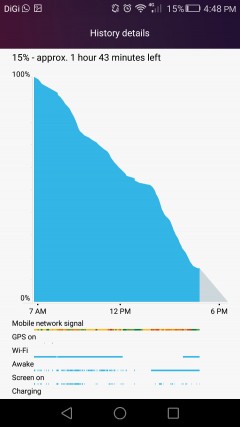
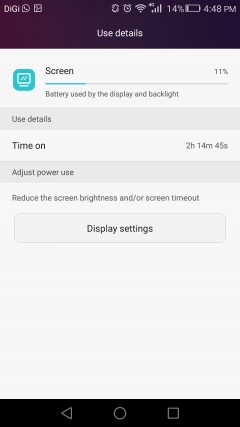
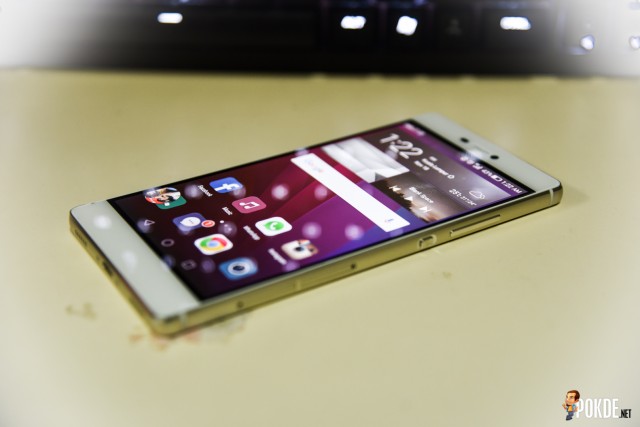
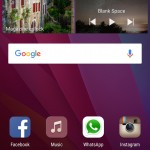
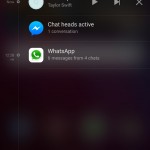
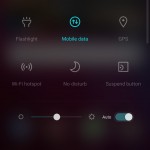
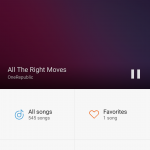
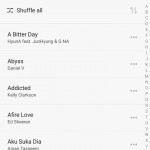
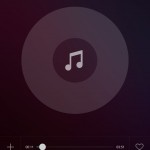
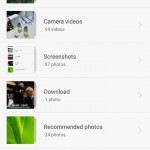

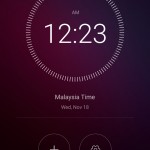
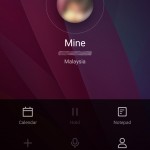

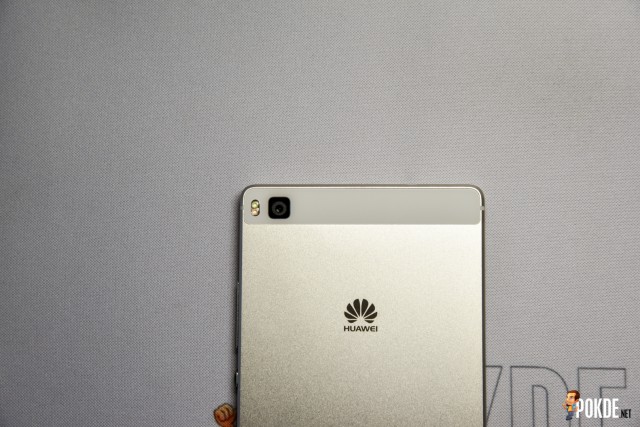
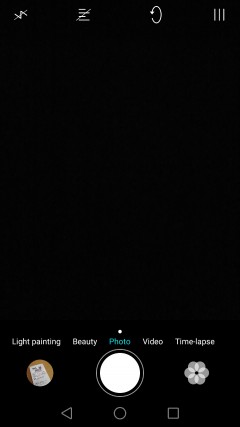
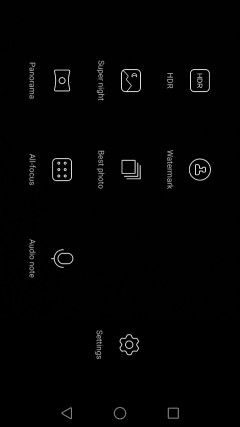
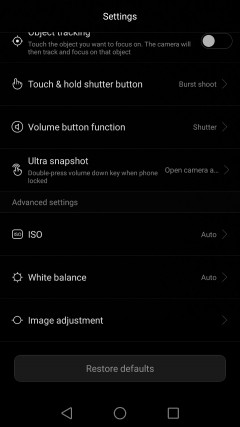
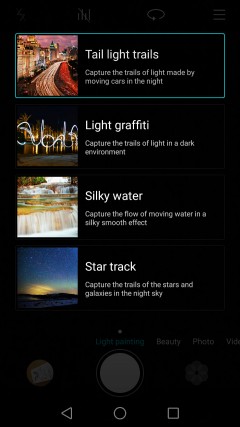
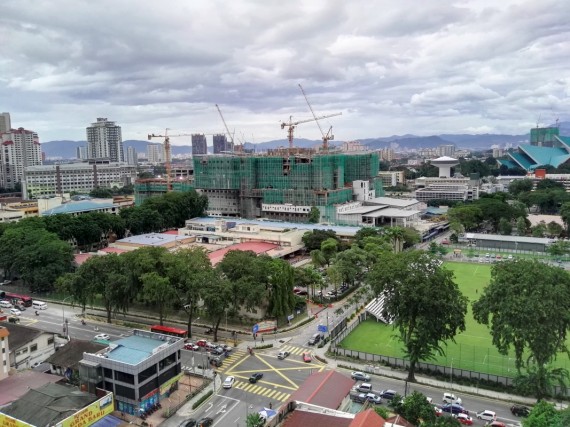
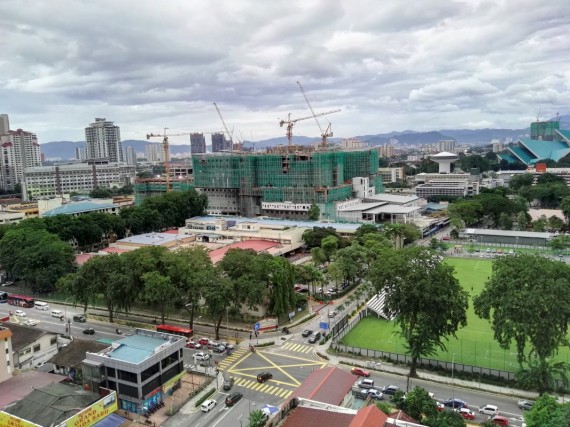

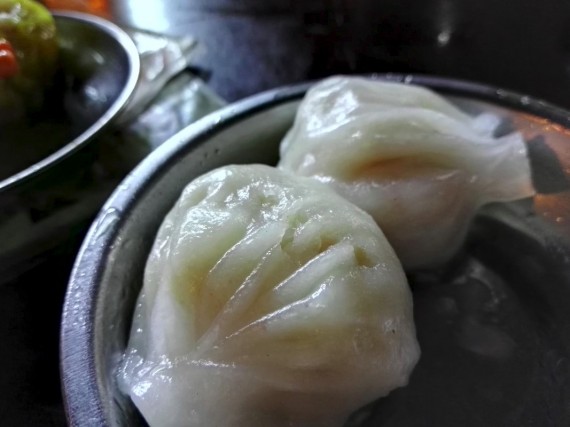
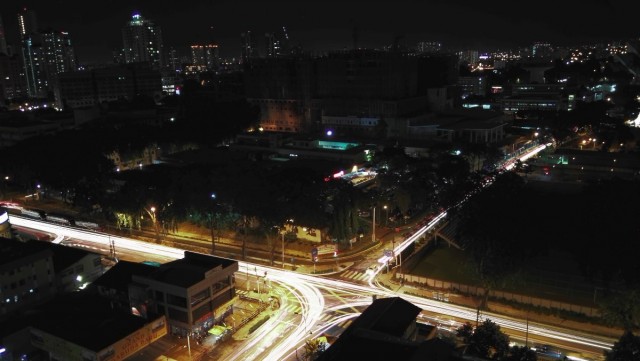
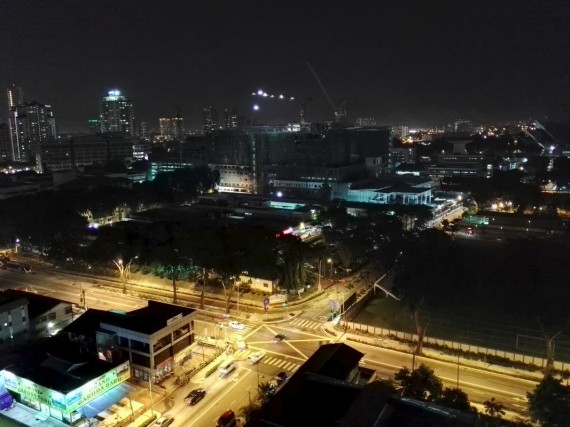
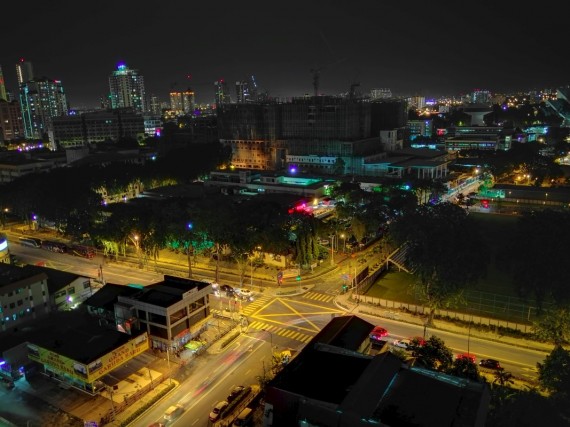
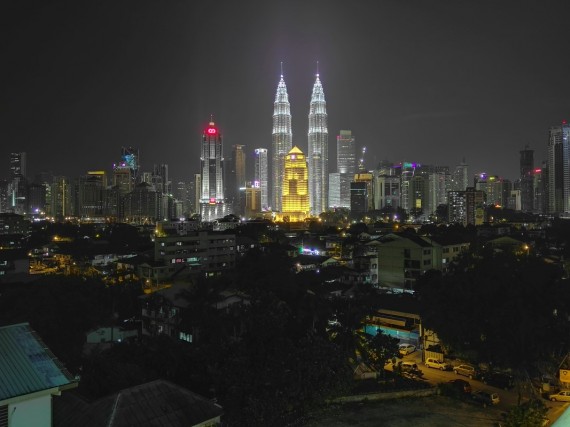
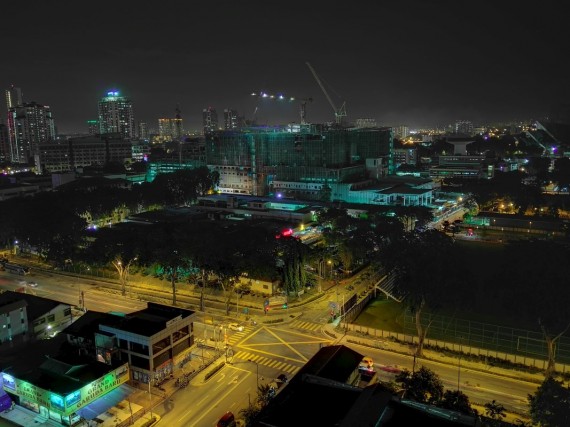
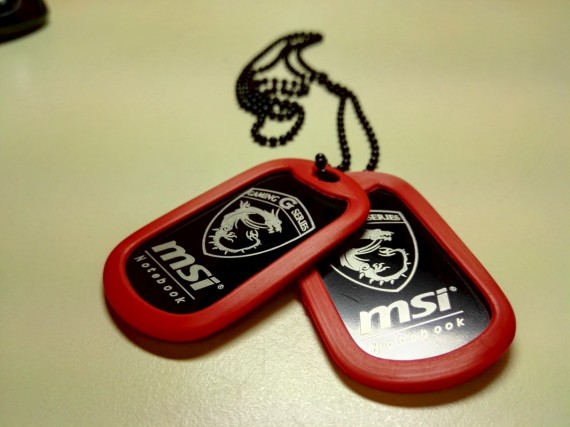
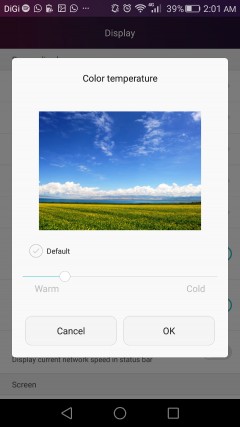
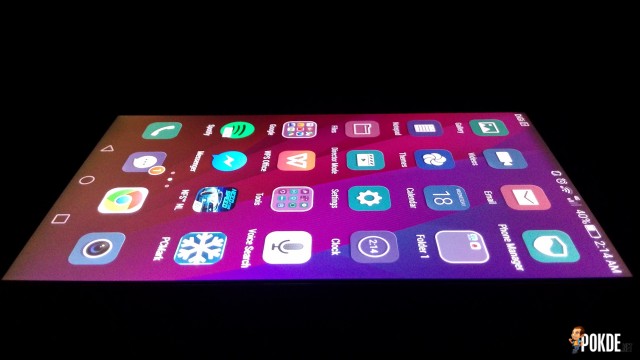
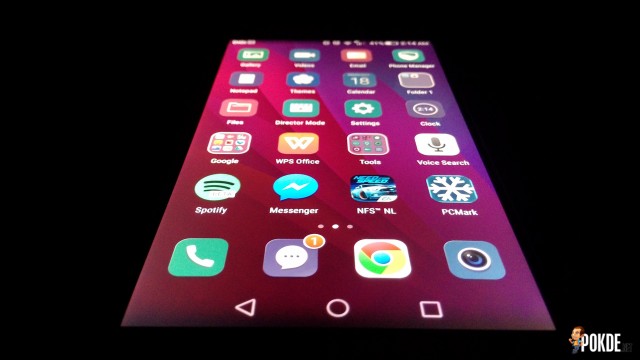
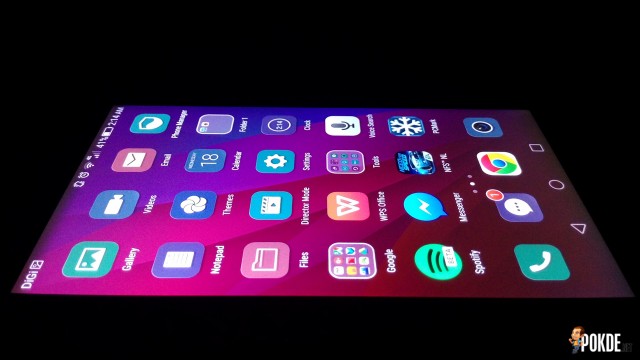

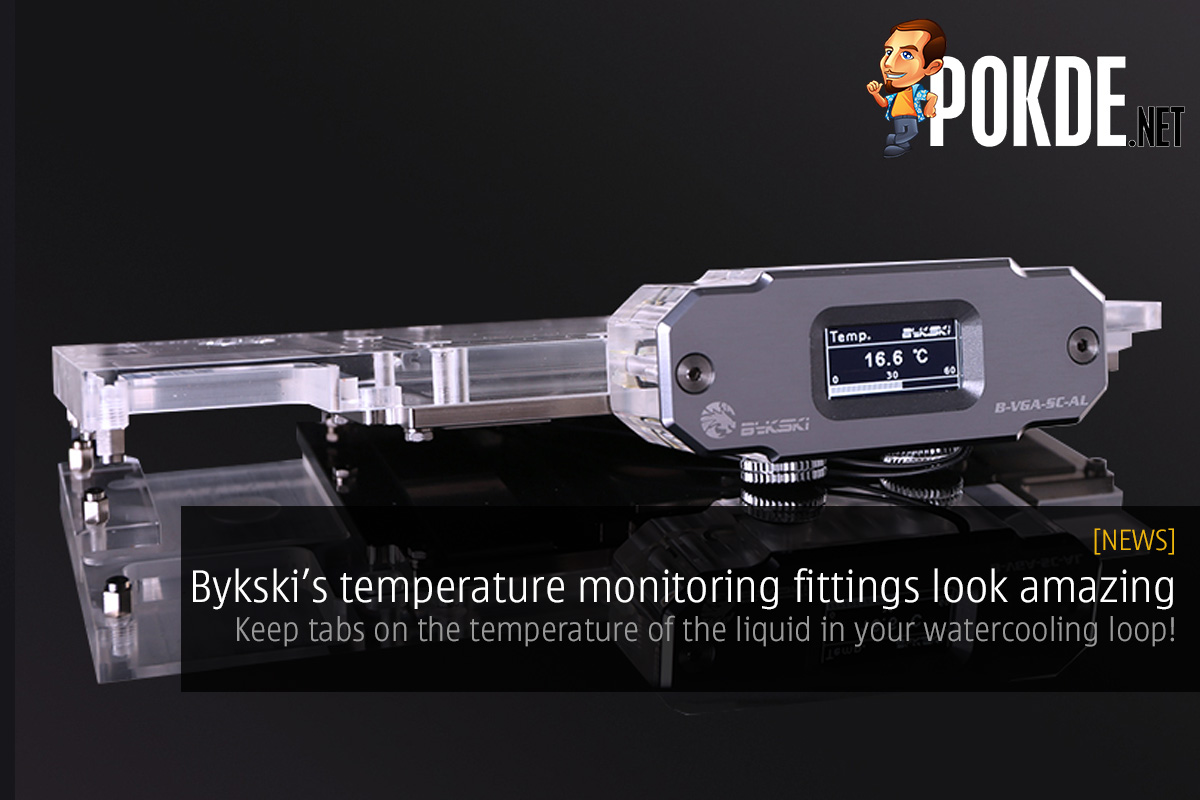
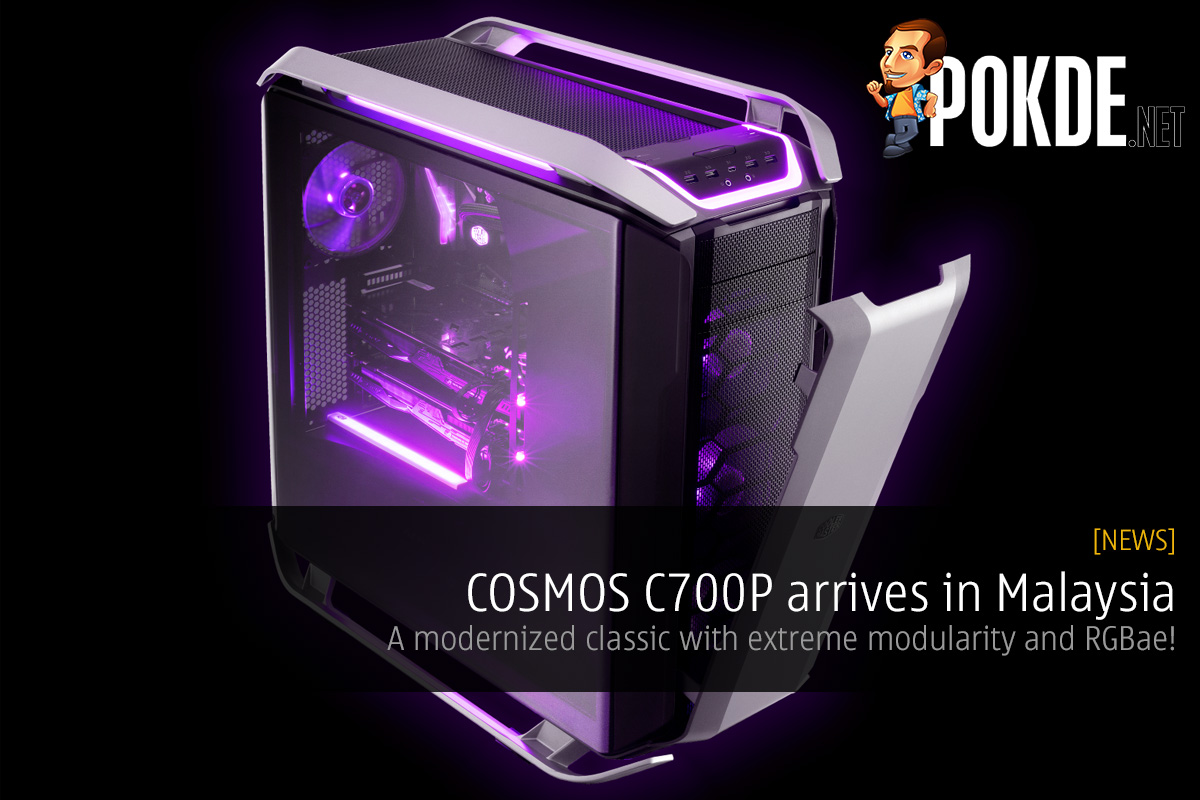

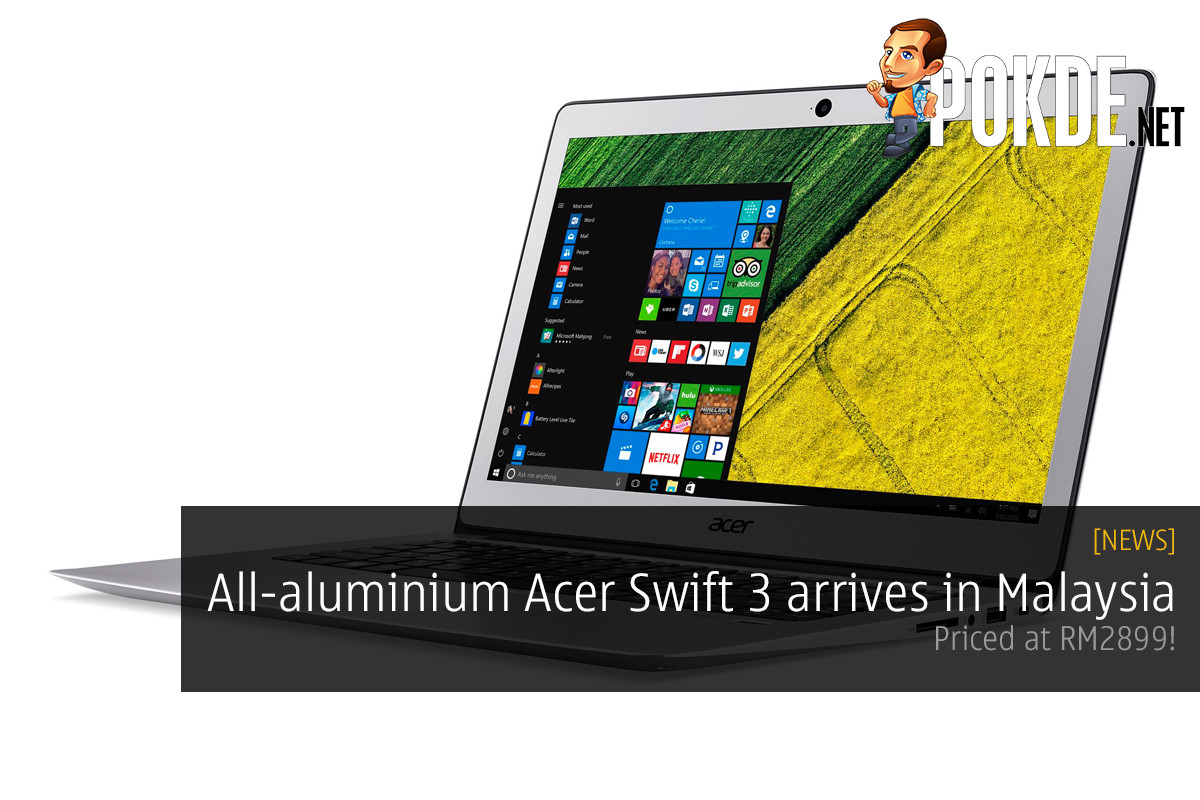

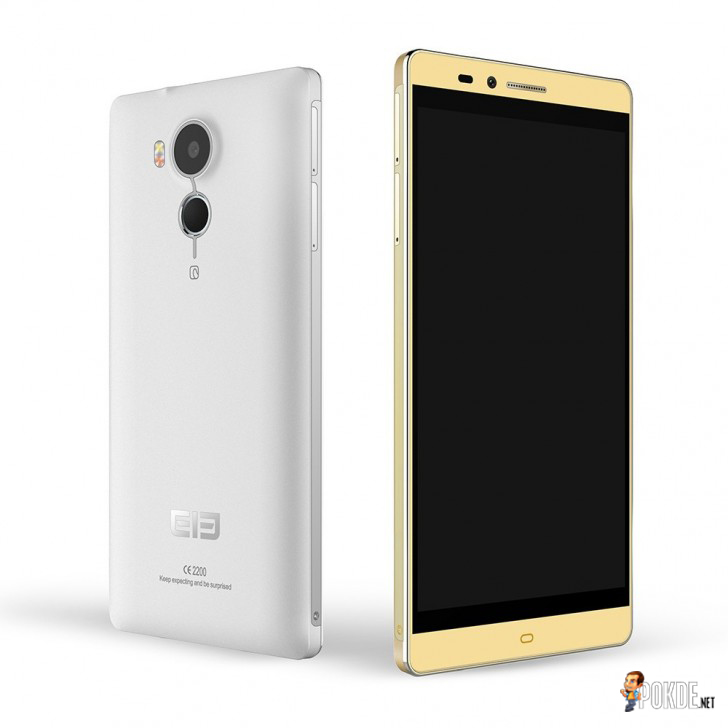

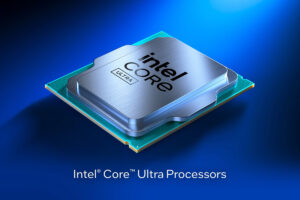


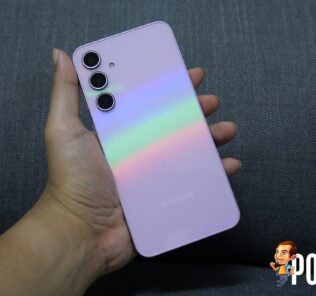
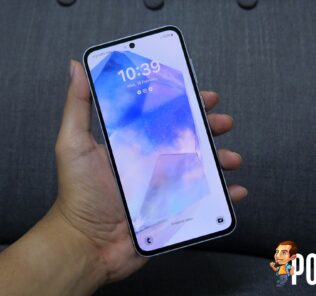
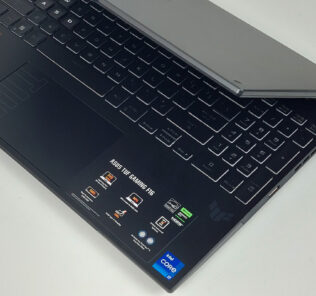

Leave a Response